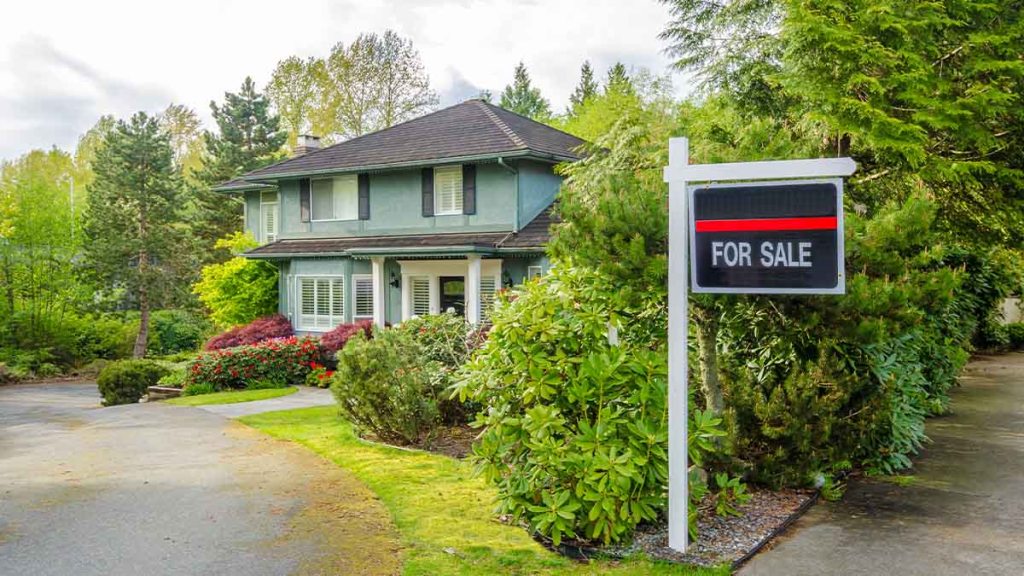Home prices showed resilience in June as low supply drove demand in spite of high mortgage rates. The S&P CoreLogic Case-Shiller home price index posted a 0.7% month-over-month increase after a seasonal adjustment in June — marking the fifth consecutive monthly increase. Meanwhile, the 10-City and 20-City composites both posted increases of 0.9%.
Compared to June 2022, the home price index was flat, down from a loss of -0.5% in the previous month.
“U.S. home prices continued to increase in June 2023,” says Craig Lazzara, managing director at S&P DJI. “Our National Composite rose by 0.9% in June, and it now stands only -0.02% below its all time peak from exactly one year ago. Our 10- and 20-City Composites likewise each gained 0.9% in June 2023, and stand -0.5% and -1.2%, respectively, below their June 2022 peaks.”
Both seasonally adjusted and seasonally unadjusted data showed rising prices in all 20 cities in June. Over the last 12 months, 10 cities show positive returns and half the cities in the sample now sit at all-time highs.
Chicago (4.2%), Cleveland (4.1%) and New York (3.4%) posted the largest price gains on a year-over-year basis.
At the other end of the scale, the worst performers were along the Pacific and Mountain time zones, with San Francisco (-9.7%) and Seattle (-8.8%) at the bottom.
The Midwest (+2.8%) continues to be the nation’s strongest region, followed by the Northeast (1.6%). The West (-5.9%) remains the weakest region.
Renting remains an appealing option
The rental market is a natural plan B for would-be buyers who are currently priced out of the sales market, noted Hannah Jones, Realtor.com’s economic data analyst in an email.
“Increased demand for affordability strains supply, resulting in climbing prices in more affordable areas, while high-priced areas see lower demand,” said Jones.
At a national level, rent growth fell annually for the last three months as increased rental inventory relieved some price pressure. However, lower-priced markets were the ones showcasing the biggest price increases as both buyers and renters are pursuing more budget-friendly options.
The effect of mortgage rates
Since the beginning of June, mortgage rates climbed up by more than 60 basis points, highlighted Bright MLS Chief Economist Lisa Sturtevant, while existing home sales were down to their lowest levels since 2010.
Up until now, high home prices were buoyed by a lack of inventory, however stubbornly high mortgage rates are starting to have a negative impact on demand. Simultaneously, economists observed a modest uptick in supply. New housing construction is booming but builders remain cautious as affordability challenges continue to stifle buyer demand.
“June might be a turning point for prices,” said Sturtevant. “Given the robust economy and low supply, don’t expect a major price correction, but it’s likely we’ll see modest year-over-year price declines in many markets this fall.”
In spite of the difficult economic picture, Lazzara remains optimistic about the future, arguing that “the breadth and strength of this month’s report are consistent with an optimistic view of future results.”





